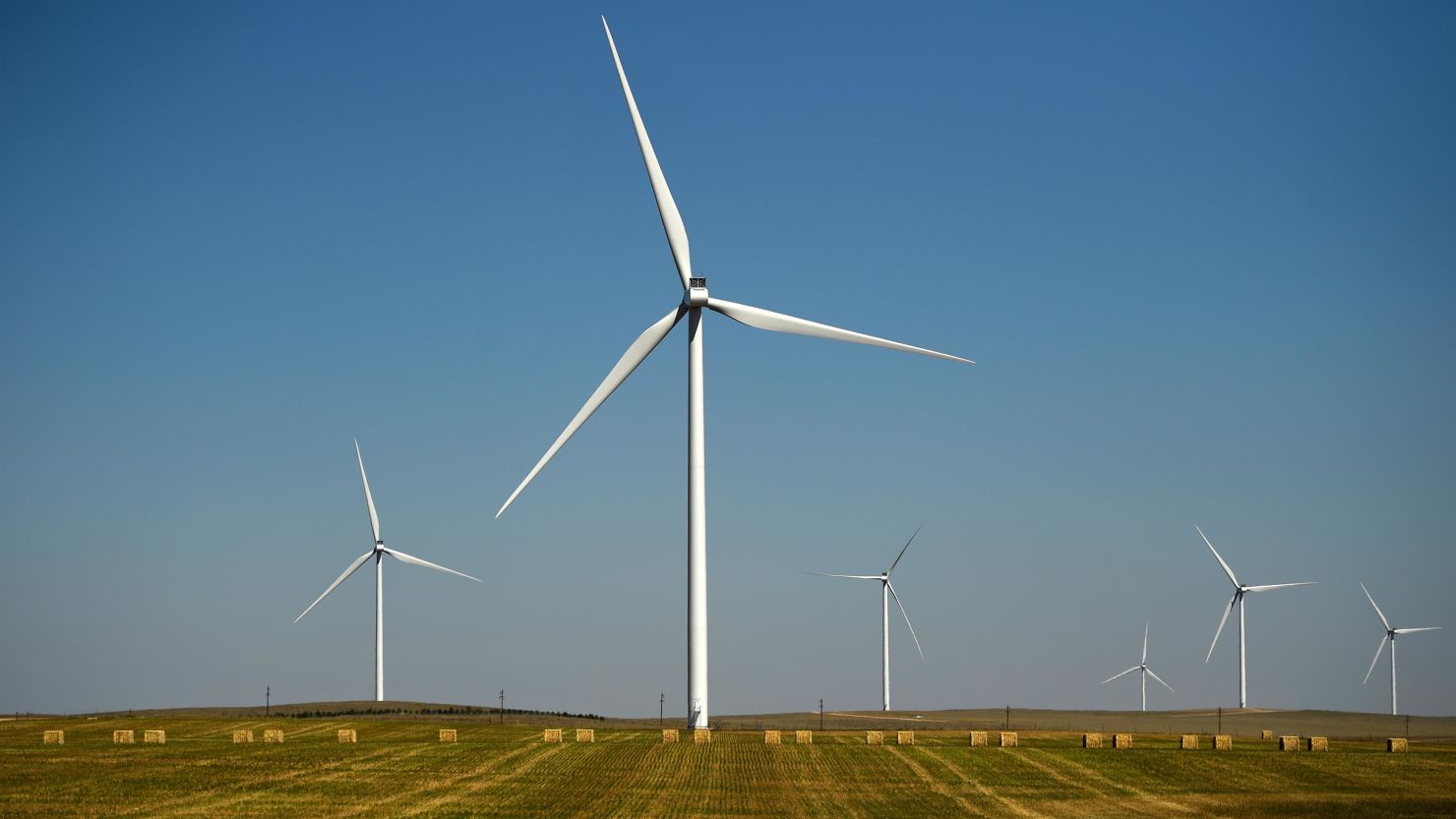The United States set a major renewable energy milestone last Tuesday: wind power was the second-highest source of electricity for the first time since the Energy Information Administration began gathering the data.
As E&E reporter Ben Storrow noted and the EIA confirmed, wind turbines last Tuesday generated over 2,000 gigawatt-hours of electricity, edging out electricity generated by nuclear and coal (but still trailing behind natural gas).
Last year, wind was the fourth-largest electricity source behind natural gas, coal, and nuclear, generating close to 380 terawatt-hours for the entire year, according to the EIA. For context, a terawatt is a thousand times bigger than a gigawatt.
Major milestone aside, wind energy in the US is still lagging behind one European country that recently broke a record of its own: Germany.
Although the US has more wind capacity by sheer numbers – it’s a larger country with a larger population – Germany is outpacing the US in terms of how much electricity it gets from wind. In February alone, windmills in Germany generated a record 20.6 terawatt-hours of wind energy, Rystad Energy reported Tuesday, which made up 45% of its total energy in February.
In 2020 – the most recent year the EIA has robust statistics for – Germany got 24% of its electricity from wind, compared to 8% in the US.
“Europe and Germany in particular, have developed significant wind power over the past decade,” said Fabian Rønningen, a power markets analyst at independent energy firm Rystad.
And the larger picture shows the US trails Europe in its renewables capacity.
In 2020, the EU and UK combined had the capacity to produce around 49% of their electricity from renewables, almost twice that of the US’ 25%, according to the International Renewables Energy Agency.
With more than 100 planned offshore- and onshore-wind projects in the pipeline, President Joe Biden’s administration is trying to make up the lost ground in the wind-power game. The administration set a goal to deploy 30 gigawatts of offshore wind energy alone.
The EIA projects the US will bring another 7.6 gigawatts of utility-scale wind online this year, alongside 21.5 gigawatts of utility-scale solar power. Just last month, for example, the Traverse wind farm in Oklahoma brought close to a gigawatt of new energy online.
The US milestone comes as the UN’s Intergovernmental Panel on Climate Change reported that wind and solar have declined significantly in cost and are now economically viable alternatives to fossil fuels. Scientists warned the world must rapidly transition to renewables and away from fossil fuels to avert the worst impacts of global warming.
“We cannot run our fossil fuel-based infrastructures anymore the way we did,” said Jan Christoph Minx, a climate researcher and a lead author on the report, at a news conference. “The big message coming from here is we need to end the age of fossil fuel. And we don’t only need to end it, but we need to end it very quickly.”





